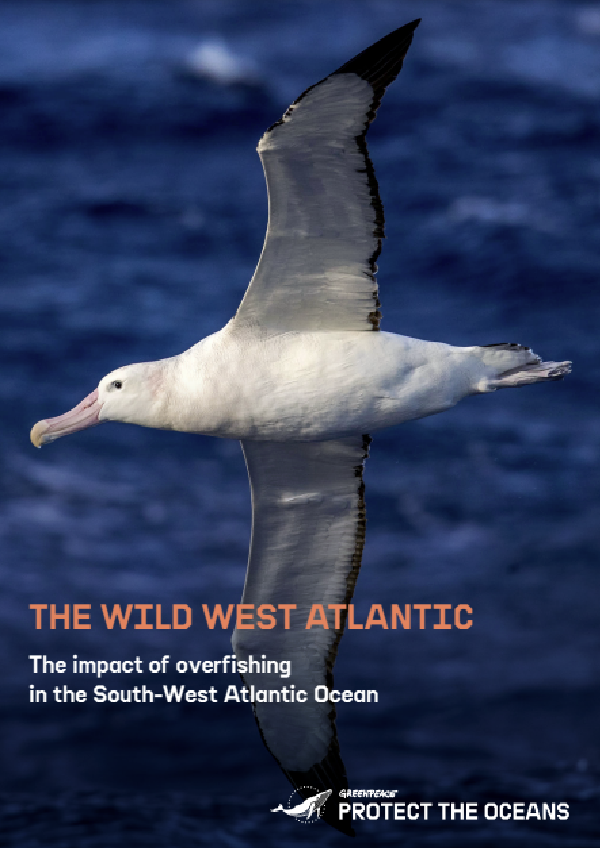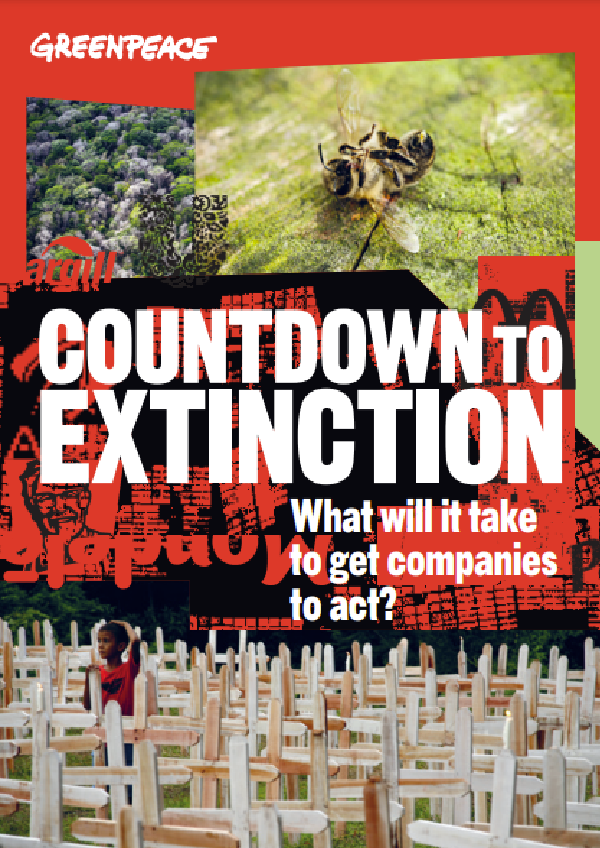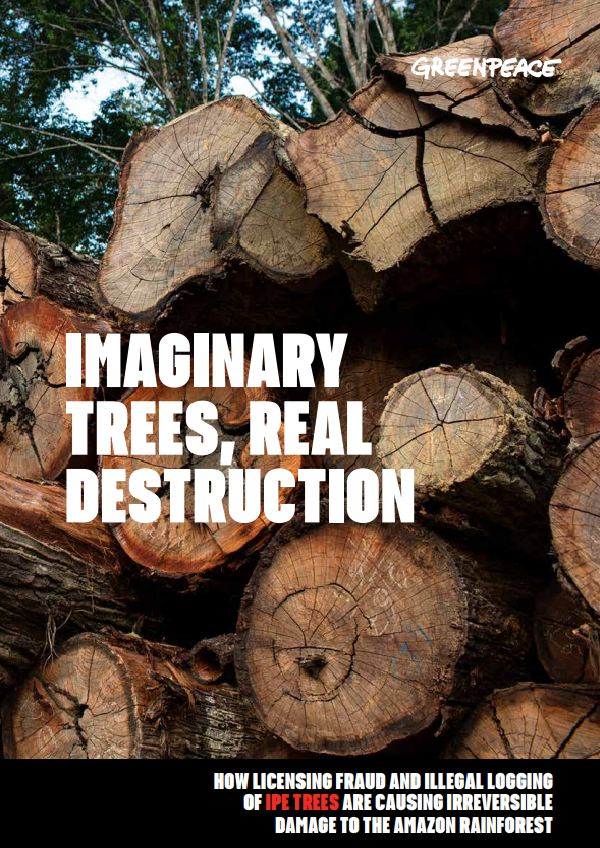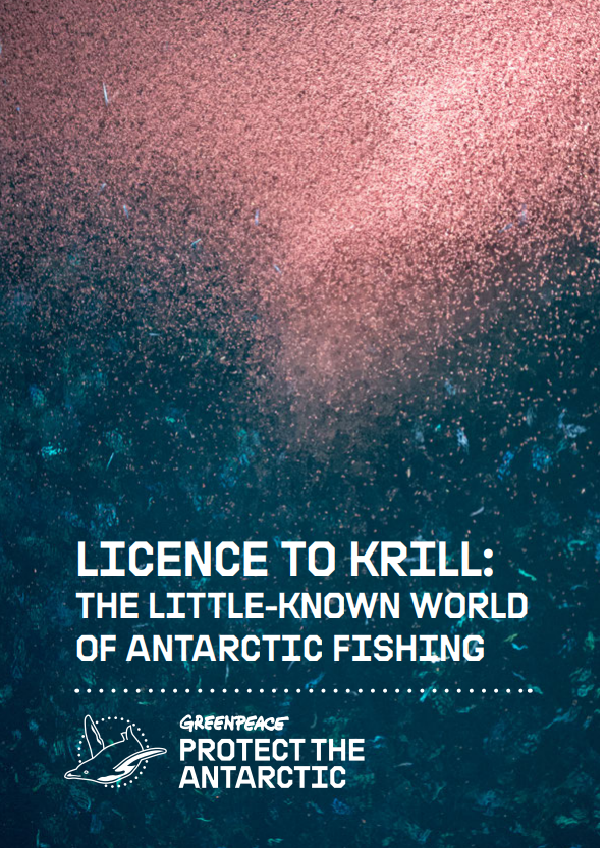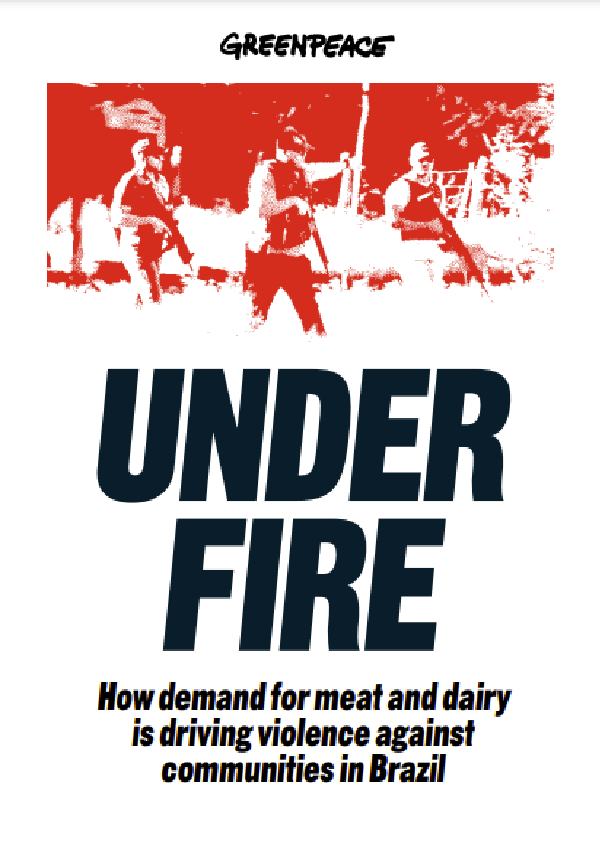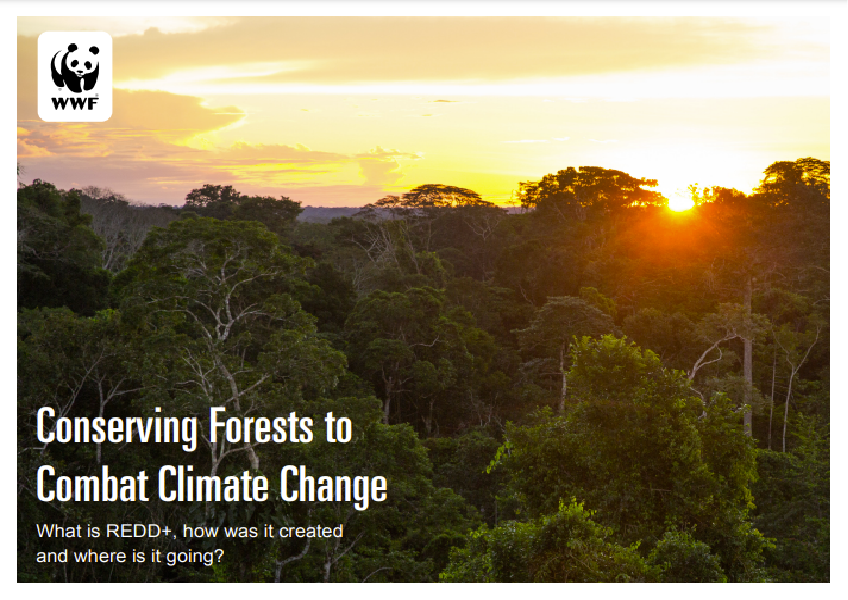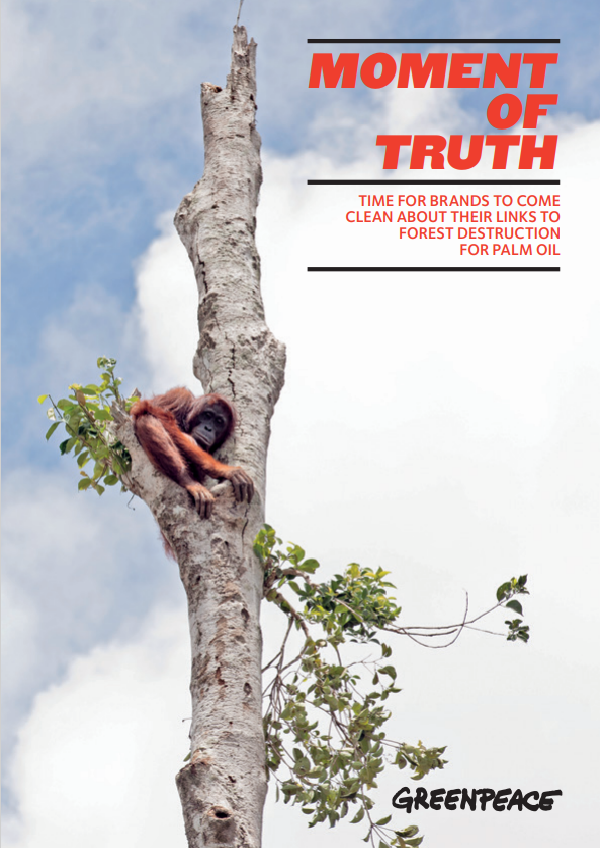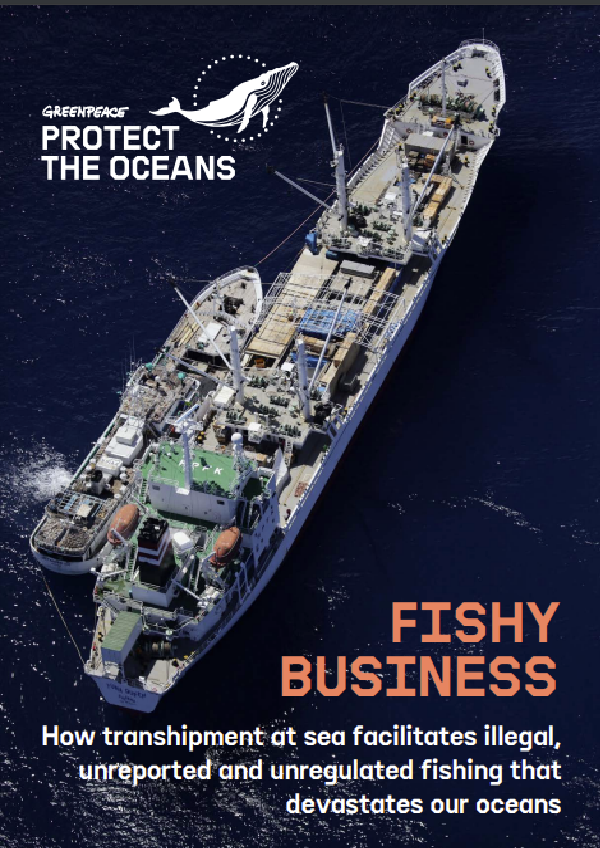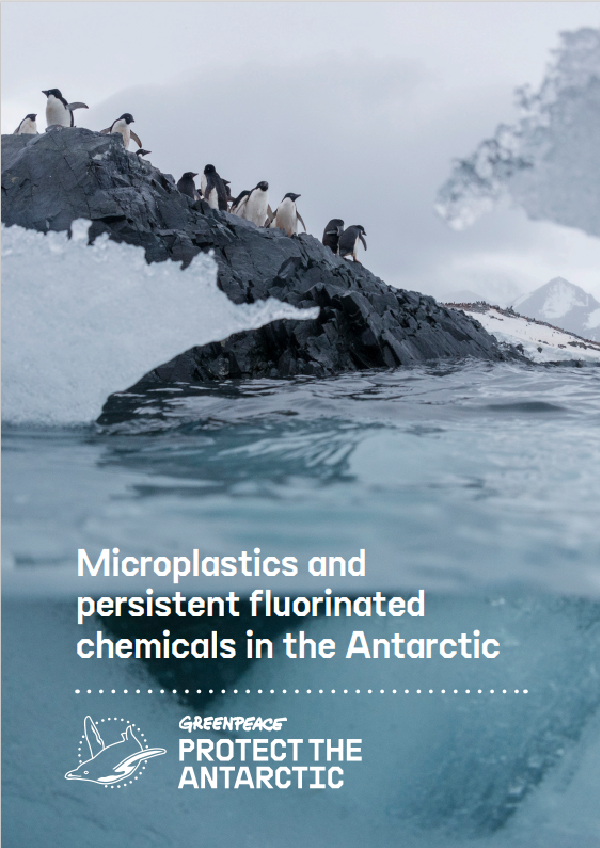In the south-west Atlantic, along the Patagonian shelf, an area of international waters known as the Blue Hole is home to unique ecosystems and iconic species, such as the southern right whale and the elephant seal many of which have a fragile conservation status. Yet despite its spectacular nature, this wildlife rich part of the ocean has other unique characteristics in that it is one of the only areas of international waters where the majority of the fisheries have no regional fisheries management organization (RFMO) overseeing their activity. The fishing industry operates far from sight and scrutiny in these waters, putting the future of this special place at risk.
The Blue Hole’s oceanographic characteristics make the area both a wildlife hotspot and a highly attractive area for industrial fishing vessels targeting financially valuable catches of squid, or Patagonian toothfish. During peak fishing season, from January to July, fishing vessel numbers exceed 400. The lights onboard a spectacular concentration of squid jiggers, mainly from East Asia, render the border of the Argentinean Economic Exclusive Zone clearly visible from space at night. It is also one of the two areas in international waters – together with the Grand Banks, in the Canadian continental shelf – where the majority of high seas bottom trawling takes place.
Fishing vessels operating in the Blue Hole are subject to practically no regulation, transforming the Blue Hole into a Wild West exploited mainly by fishing vessels from China Mainland, Korea, Taiwan and Spain. This absence of regulations, ever increasing demand for marine life to eat and competition for dwindling resources is a recipe for disaster. Distant water fishing vessels are known to turn off their satellite positioning systems (AIS) and enter Argentinean waters illegally. There is a strong symbiotic relationship between labour abuses and IUU fishing. Where there is weak regulation and poor enforcement, sustainability and human rights inevitably suffer.
The Blue Hole is in danger from overfishing, destructive fishing practices and the inability of states to cooperate to ensure that marine ecosystems are effectively protected, and fisheries sustainably managed. Governments from around the world are joining scientists and civil society in calling for at least 30% of the world’s oceans to be protected by 2030. Greenpeace’s recent report, 30×30: A Blueprint for Ocean Protection, produced in collaboration with leading academic institutions including York, Oxford, Edinburgh and Salford Universities, sought to model what this level of protection could look like were it to cover 30% of representative ecosystems in international water, and areas of the Blue Hole with its amazing biodiversity were clearly identified as needing protection.
Greenpeace is calling for the immediate adoption of regulations to ensure fisheries in this region are sustainably managed, as well as for a Global Ocean Treaty to be adopted at the UN that would pave the way to creating a network of ocean sanctuaries, free from industrial human activity, covering areas such as the Blue Hole that are vital to the health of our global oceans.
Source: Greenpeace (http://www.greenpeace.org)
